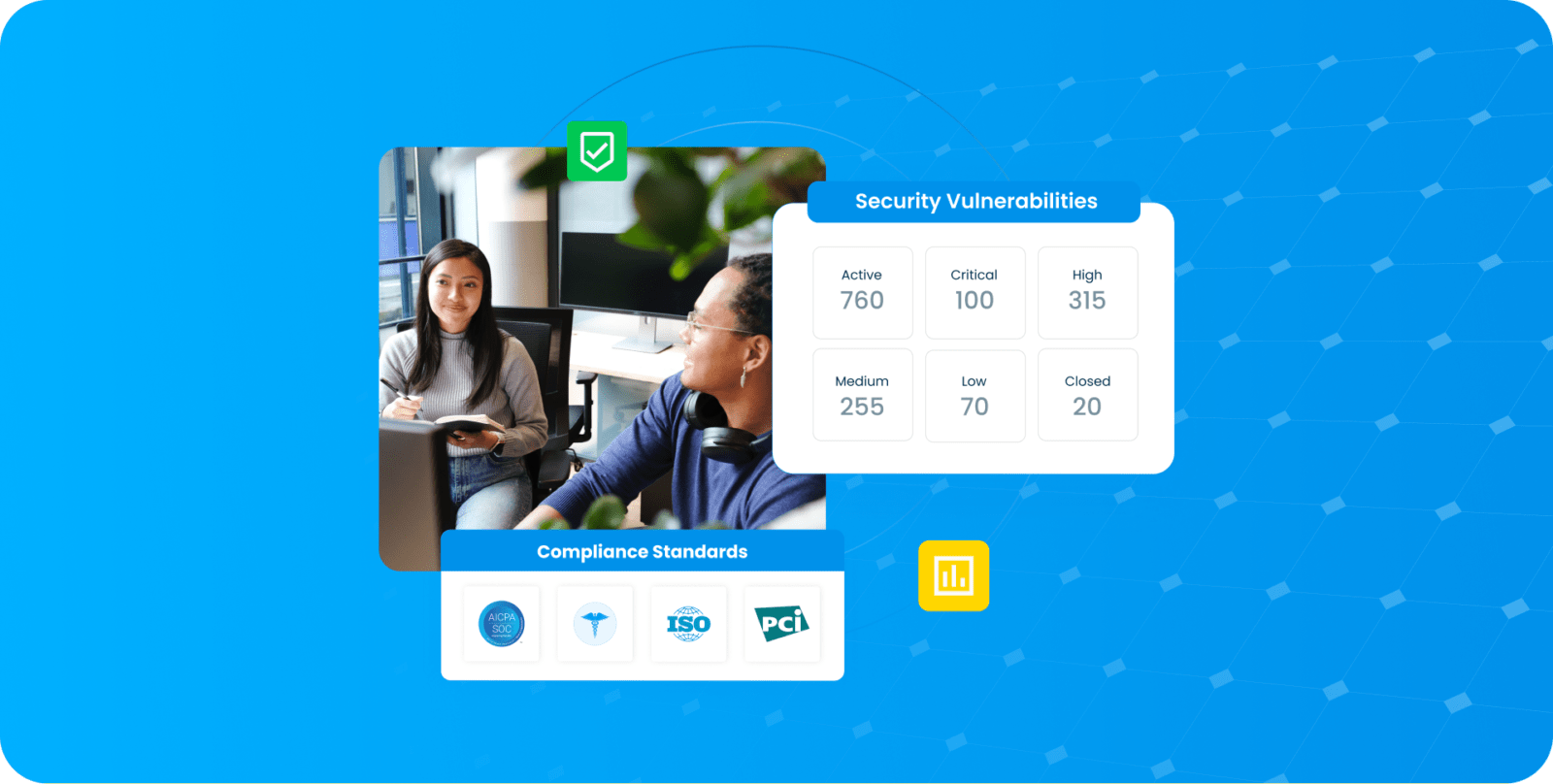How to apply an iterative development process to more than software
Iterative development has become the software design methodology du jour, and for good reason. Any software developer worth their salt can share stories of crises averted and products refined using iterative development. But iterative development methodologies also have a place in project management, where they can be used to accelerate time to market even as they keep time and cash investments relatively low. Read on to learn how iterative development can get your product on the market faster, with lower risk, higher morale, and greater cost-effectiveness.
Jump to a section…
What Is Iterative Development?
Benefits of Iterative Development in Software Development
Iterative Development from a Business Perspective
Applying Iterative Development Methodology
What Is Iterative Development?
In software, iterative development is the breaking down of a large application into smaller chunks, achieving a basic minimum functionality for all planned features, and releasing it to the public as quickly as possible. As users interact with the product, the development team collects their feedback, reviews the goals of the app, and shifts them as necessary according to changes in the market and user comments. It then refines each component of the app with these comments and new goals in mind and again releases the new version to the public.
In this way, the entire development process takes place in miniature for each feature, from planning through design, development, testing, and deployment. Over time, the features go from their most basic iterations to the version that most closely meets the needs and expectations of the end user, but each individual release (or iteration) takes less time and fewer resources to complete.
Iterative development is closely related to incremental development, where the app goes live with complete core functionality and the team adds additional features later on. The two approaches are often used in conjunction in agile development.
The starker difference lies between iterative development and waterfall development, which was the most common form of software development for much of the field’s early years. In waterfall methodology, the entire product is planned from start to finish, then designed completely, developed completely, tested completely, and released to the public only when it reaches something close to its final form. Coding doesn’t begin until the entire app has been designed, and testing doesn’t begin until coding is complete, creating gates in the process that ideally ensure a polished finished product but provide fewer opportunities to pivot if necessary and require a high minimum investment to reach market.
Waterfall development can be a useful approach when a project needs to nail it out of the gate, but most tech companies have recognized that iterative development is the way to go for faster deployment and a continually improving product.
No-code/low-code solutions are becoming universal. In our survey of 300 engineering leaders, we found that no-code/low-code cloud automation adoption is expected to hit >90% by 2025. Learn more with your free copy:

Benefits of Iterative Development in Software Development
The iterative development model has become the dominant approach to software development over the last two decades. It provides several advantages over traditional waterfall development thanks to two key elements of its approach: smaller lifts for each release and early and frequent user feedback. Because each iteration of the product requires a smaller amount of work, individual employees are less overwhelmed by their tasks. They can also more easily and more frequently see the effects of their work in action, which improves morale.
When the product gets into users’ hands, feedback starts rolling in immediately about how the app works now and how users want it to work in the future. This provides an opportunity to address flaws in the app’s central goals early on before many resources have been invested in potentially unproductive efforts. As a result, risk stays low from release to release. User feedback can then be incorporated into future releases.
Iterative Development from a Business Perspective
One of iterative development’s main advantages from a business perspective is its low time to market. Rather than spend ages conceptualizing, planning, designing, executing, and testing before release, iterative development gets your product out into the world as soon as possible. One can also present new iterations to stakeholders as evidence of the team’s work and continual improvement, and as an opportunity to solicit feedback.
Iterative development is more cost-effective, as each iteration, by design, requires only the minimum investment. This makes it easier to pivot to new solutions or approaches without a painful loss of spent resources.
The methodology increases collaboration among team members, as each iteration requires realignment on the goals and design of the app with new feedback in mind. This prevents team members from retreating to their silos as they execute predetermined plans, where a key misunderstanding might go unnoticed until significant resources have already been spent in its execution.
Applying Iterative Development Methodology
Bringing iterative development into your process is relatively simple. The steps for creating a project with this approach are as follows.
- Define your project plan, ensuring the entire team is on the same page regarding the objectives of the project. Define any hard requirements that will determine project success.
- Brainstorm a design for your project that meets the objectives as you’ve defined them.
- Create the first iteration of your project, aiming to hit your ultimate project objective but with as few frills as possible. Resist the urge to polish.
- Test your project to make sure it works as intended. Identify any malfunctions, mistakes, or other unintended results. The exact form testing takes will depend on the project — a new website design could be tested using A/B comparisons with the live site, while a new workflow may require that workers incorporate it temporarily and provide feedback based on their experience. This is a good opportunity to check in with project stakeholders on pain points or other recommendations for improvement in process and product.
- Review the process so far looking for possible efficiency improvements. Ensure team members are aligned on goals and other key points, and revise them according to test results.
- Return to step two and repeat as necessary.
How DuploCloud Can Help
Keeping time-to-market and resource usage low is crucial to successful product deployment. That's why DuploCloud uses automated infrastructure deployments to keep development teams lean without sacrificing the speed or quality of the product, getting you even more bang for your buck when you use an iterative development strategy. Our platform was built with DevOps in mind, which makes it the perfect companion for agile and iterative teams. Contact us today to schedule a demo and find out how we can speed you on the way to your first public release.








